Water quality plays a crucial role in determining the longevity and performance of pipe and valve materials used in various industrial and residential applications. Whether in plumbing systems, heating installations, or gas distribution networks, the characteristics of the water flowing through pipes and valves can influence corrosion rates, scaling, and overall system reliability. Understanding how water quality interacts with materials helps in selecting the right components and maintaining system efficiency.
One of the lots of common water quality issues is the presence of dissolved minerals, such as calcium and magnesium, which contribute to water hardness. Hard water tends to cause scaling inside pipes and valves, reducing the effective flow area and increasing the chance of blockages. Over time, scaling can advance to uneven wear on valve seats and seals, impacting valves such as the cryogenic pressure reducing valve often used in low-temperature systems. These valves require precise control under demanding conditions, and any scale buildup can interfere with their functionality, potentially causing improper pressure regulation or even damage.
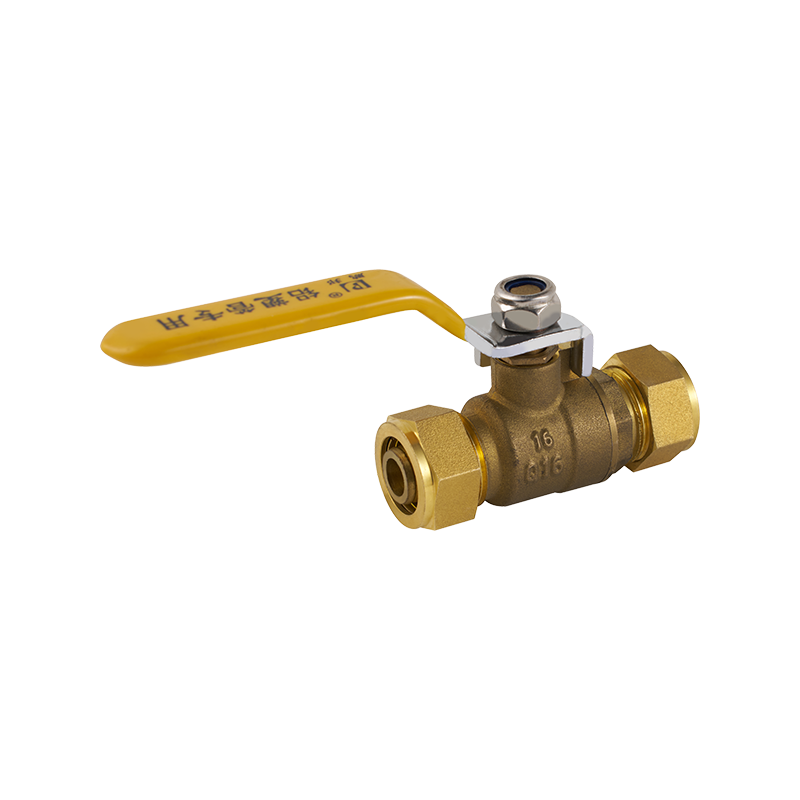
In addition to mineral content, water pH levels also have significant effects on pipe and valve materials. Acidic or highly alkaline water can accelerate corrosion, especially in metal pipes or valves not specifically designed to resist chemical attack. For instance, steel and iron pipes are vulnerable to rust and pitting when exposed to aggressive water conditions. Valves like the high pressure hydraulic shut off valve, which operate under intense pressure and frequently control hydraulic fluids, must be constructed with corrosion-resistant materials to avoid premature failure. Exposure to poor-quality water without adequate treatment can compromise seals and internal components, pilot to leaks or unsafe operating conditions.
Another factor to consider is the presence of dissolved gases such as oxygen and carbon dioxide. Oxygen promotes oxidation, which can form rust on metal surfaces, while carbon dioxide increases water acidity, contributing further to corrosion risks. This is particularly relevant in closed-loop systems or heating installations, where water is recirculated. Without proper chemical treatment or material selection, valves and pipes may suffer from internal degradation. For example, LPG check valves, which prevent backflow in liquefied petroleum gas systems, must maintain a tight seal to ensure safety. Corrosion caused by poor water quality can impair the valve's ability to close properly, posing risks in gas distribution systems.
Besides chemical factors, biological elements in water can also affect pipe and valve performance. Microorganisms and bacteria can form biofilms on surfaces, which not only reduce flow efficiency but can also contribute to microbiologically influenced corrosion (MIC). MIC is a form of corrosion driven by the metabolic activities of microbes, pilot to localized pitting and weakening of metal components. Systems that rely on valves and pipes for clean water delivery must consider biocide treatments or materials less prone to microbial growth to maintain system integrity.
To mitigate the effects of water quality on pipes and valves, proper material selection is essential. Plastic pipes and valves, such as those made from polypropylene or polyethylene, tend to have better resistance to scaling and corrosion compared to metals. However, plastics may have limitations in high-temperature or high-pressure applications. For these scenarios, alloys or stainless steel with protective coatings can extend service life. The selection must consider the specific environment, including temperature, pressure, and water chemistry.
Additionally, regular maintenance and water treatment play a vital role. Chemical additives can control pH levels, inhibit scale formation, and reduce corrosion. Filtration systems remove particulate matter that might cause abrasion or blockages. In systems involving critical components like cryogenic pressure reducing valves or high pressure hydraulic shut off valves, ensuring water purity and proper maintenance schedules can prevent costly downtime.
Installation practices also impact how water quality affects system components. Proper flushing after installation can remove debris or residues that might react with water and damage valves or pipes. Leak testing helps identify weak points caused by material incompatibility or water-induced deterioration early on.
In summary, water quality directly influences the durability and performance of pipe and valve materials across many applications. Minerals, pH, dissolved gases, and biological factors all interact with materials differently, potentially pilot to scaling, corrosion, or microbial damage. Selecting suitable materials and maintaining water conditions through treatment and upkeep are necessary steps to protect components like the LPG check valve, cryogenic pressure reducing valve, and high pressure hydraulic shut off valve. Addressing these factors helps sustain system efficiency and safety over time.


 English
English русский
русский Español
Español عربى
عربى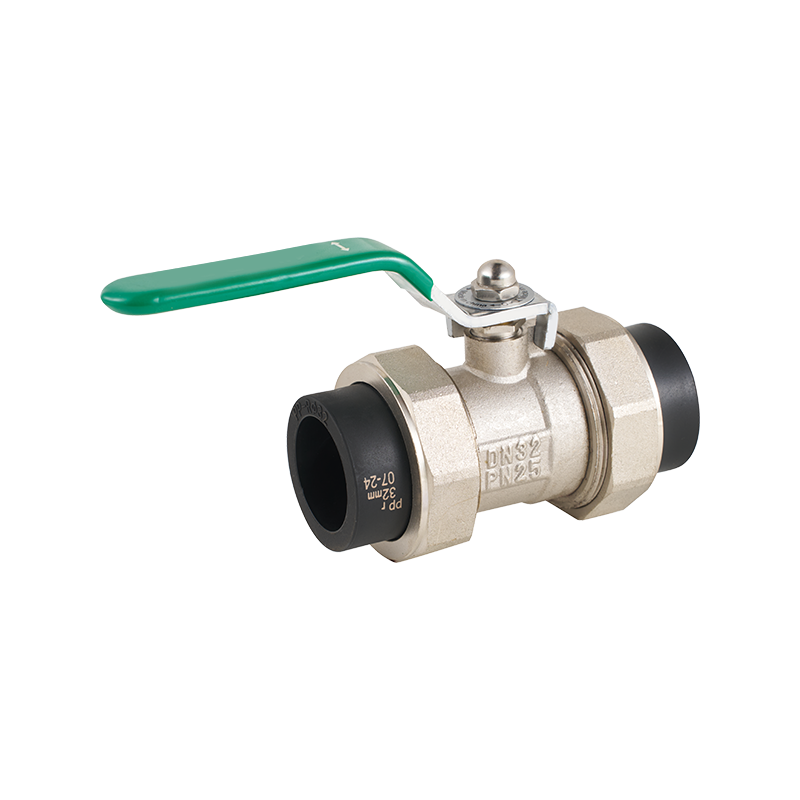
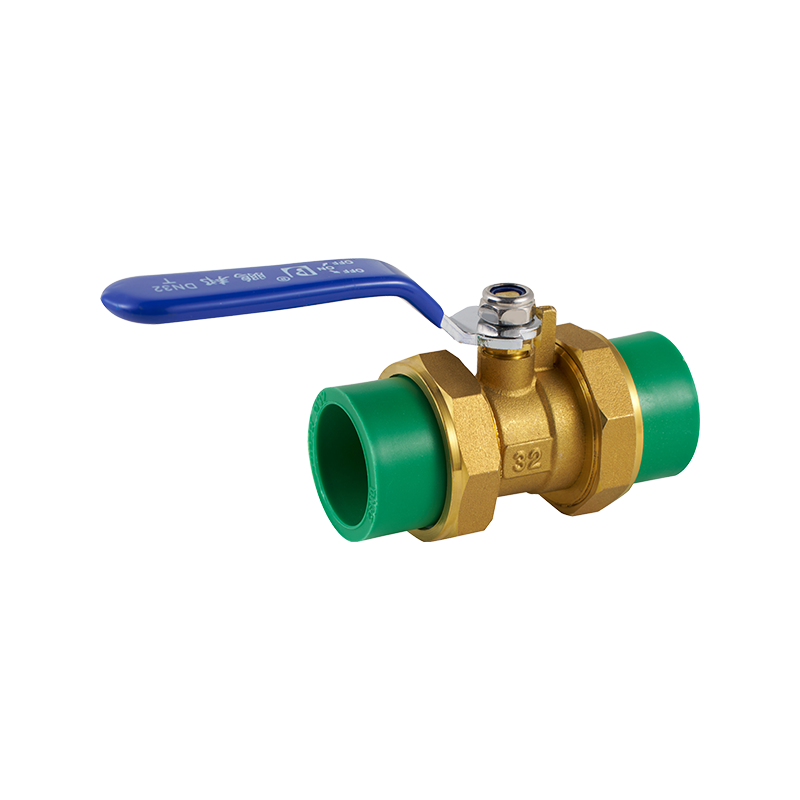
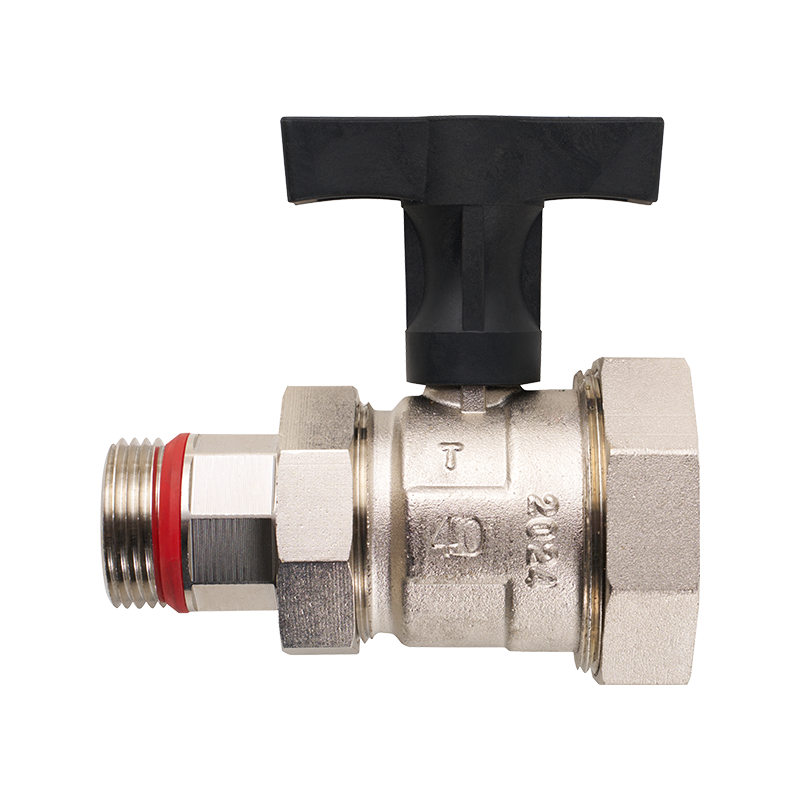

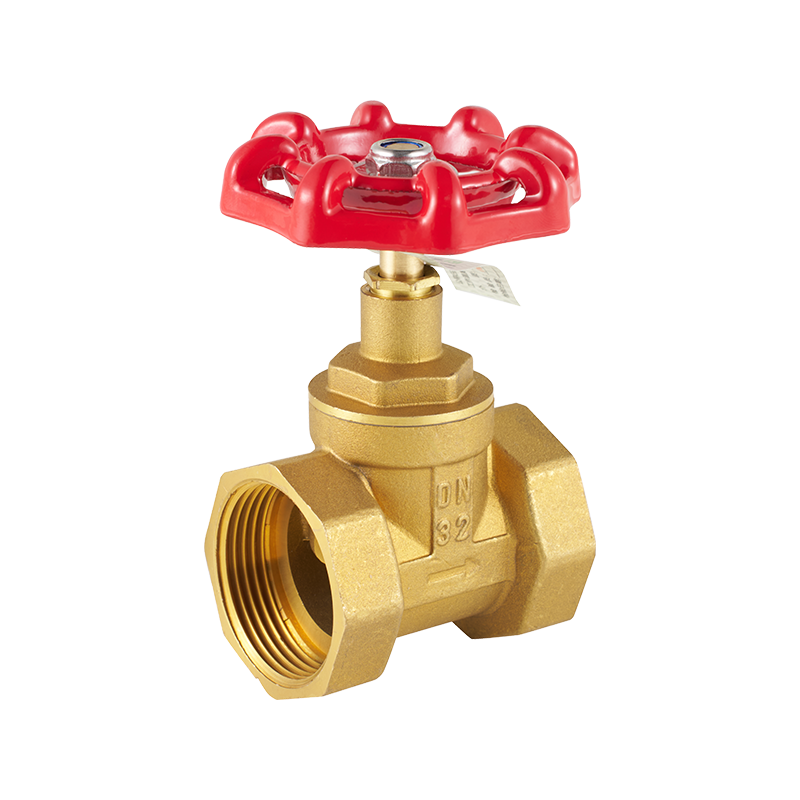


 CONTACT US
CONTACT US